When it comes to transforming your bathroom into a sanctuary of style and functionality, selecting the right tiles is a critical decision. Your choice of bathroom tiles not only affects the aesthetics but also influences the durability and maintenance of this high-traffic area. Welcome to our comprehensive guide on bathroom tiles in Peterborough, where we’ll explore everything you need to know about selecting, installing, and preserving your investment in bathroom tiles.
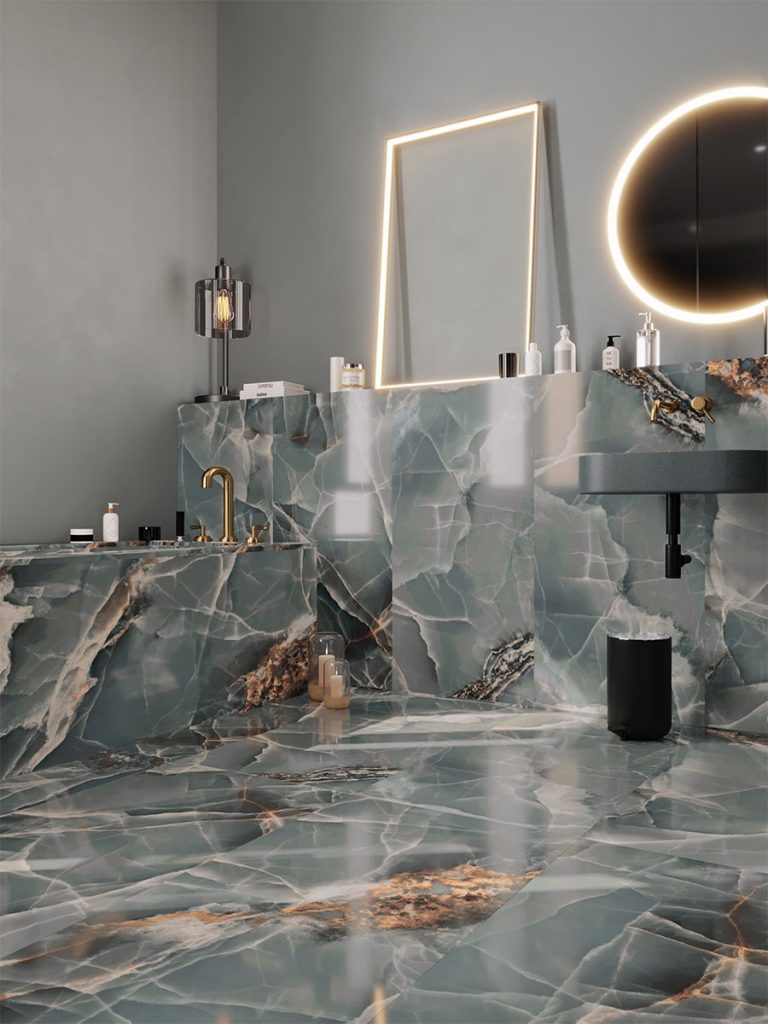
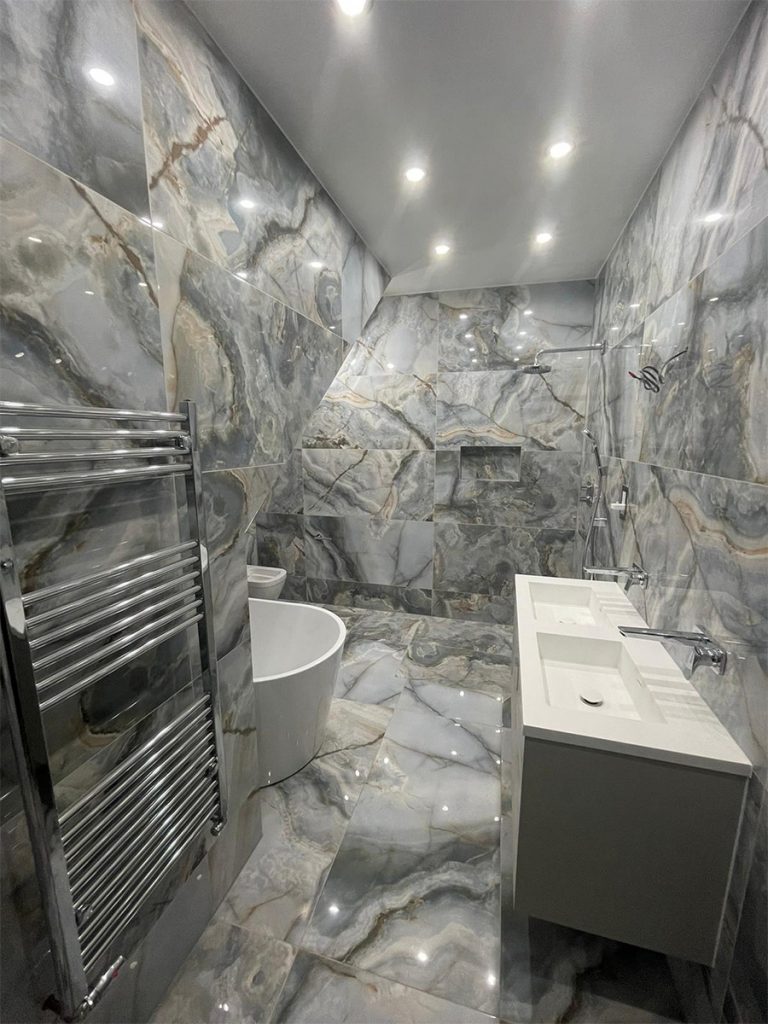
Choosing the Perfect Bathroom Tiles
Selecting the right bathroom tile is the cornerstone of any successful bathroom renovation project. Here’s what you need to consider:
Tile Material Matters
Certainly! The material of your bathroom tiles is a critical factor that can significantly affect how they perform and look in your bathroom. There are several options available, each with its own set of characteristics and suitability for various applications. Let’s break down each of these materials:
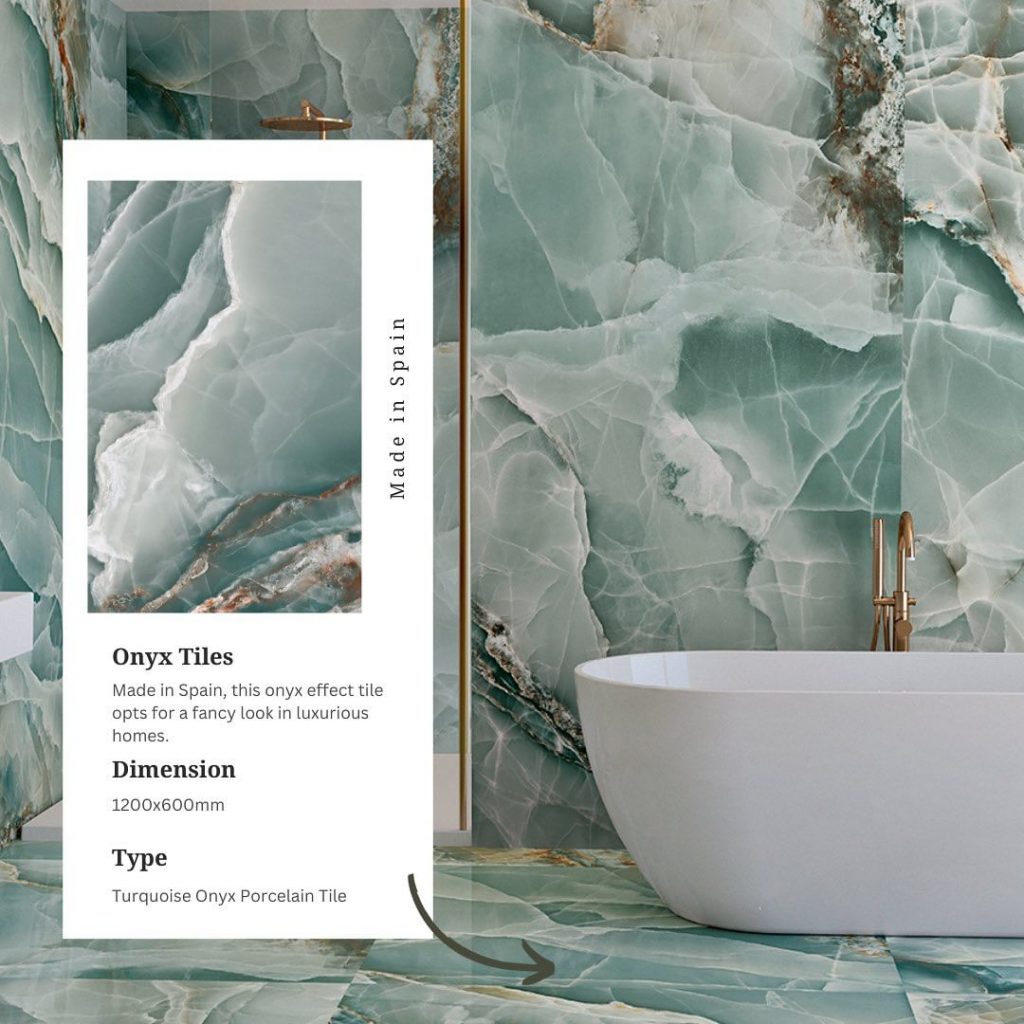
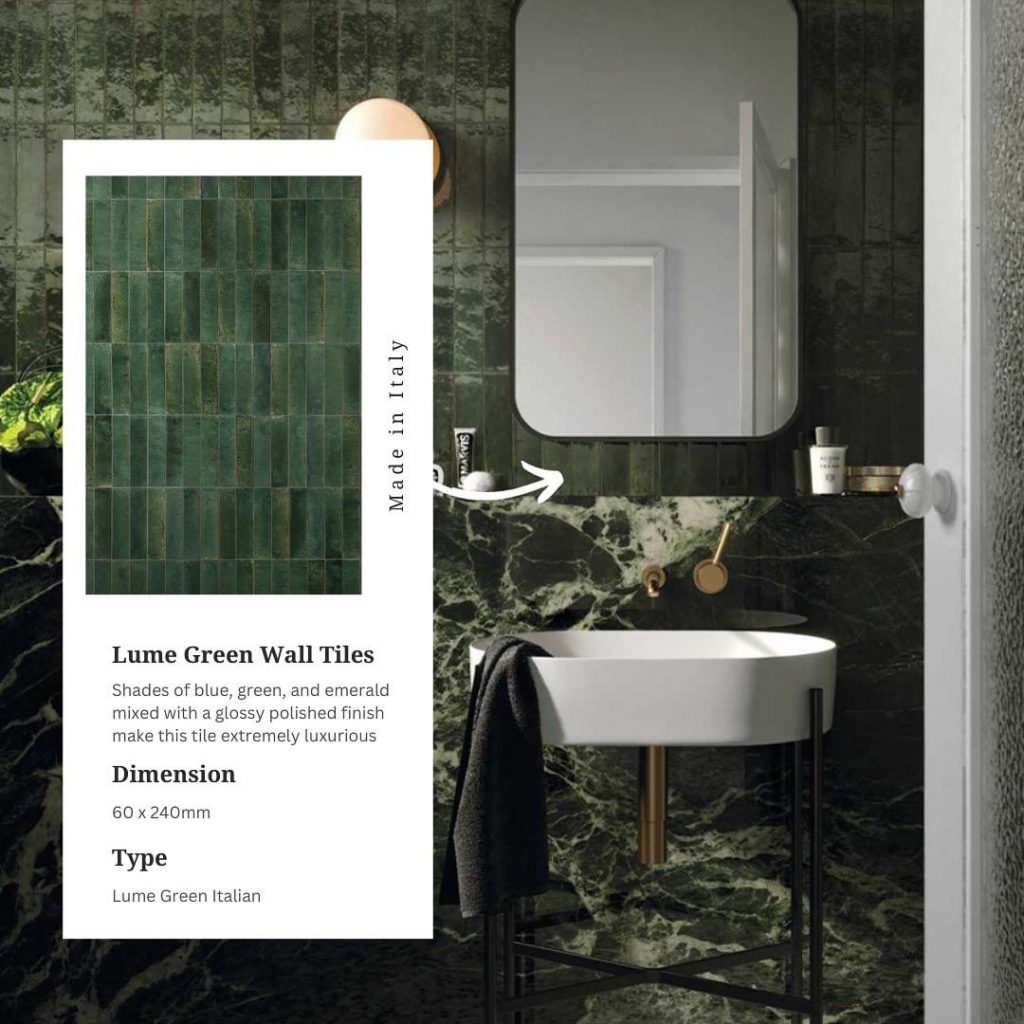
Ceramic Tiles
Characteristics: Ceramic tiles are made from clay that is fired at high temperatures. They are known for their durability and resistance to moisture, making them a popular choice for bathrooms. Ceramic tiles come in a wide range of colors, patterns, and sizes.

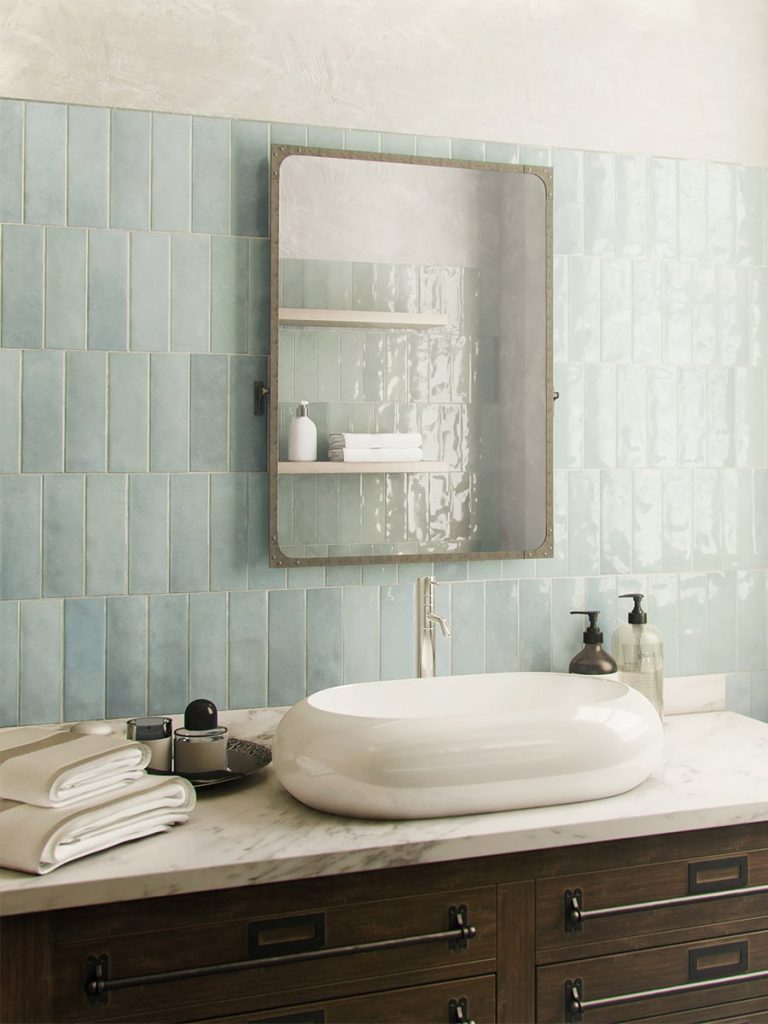
Suitability: They are suitable for both wall and floor applications in bathrooms. They are relatively easy to clean and maintain, making them a practical choice for wet areas.
Porcelain Tiles
Characteristics: Porcelain tiles are a type of ceramic tile that is denser and more durable. They are fired at even higher temperatures and often have a lower water absorption rate. This makes them highly resistant to water, stains, and wear.
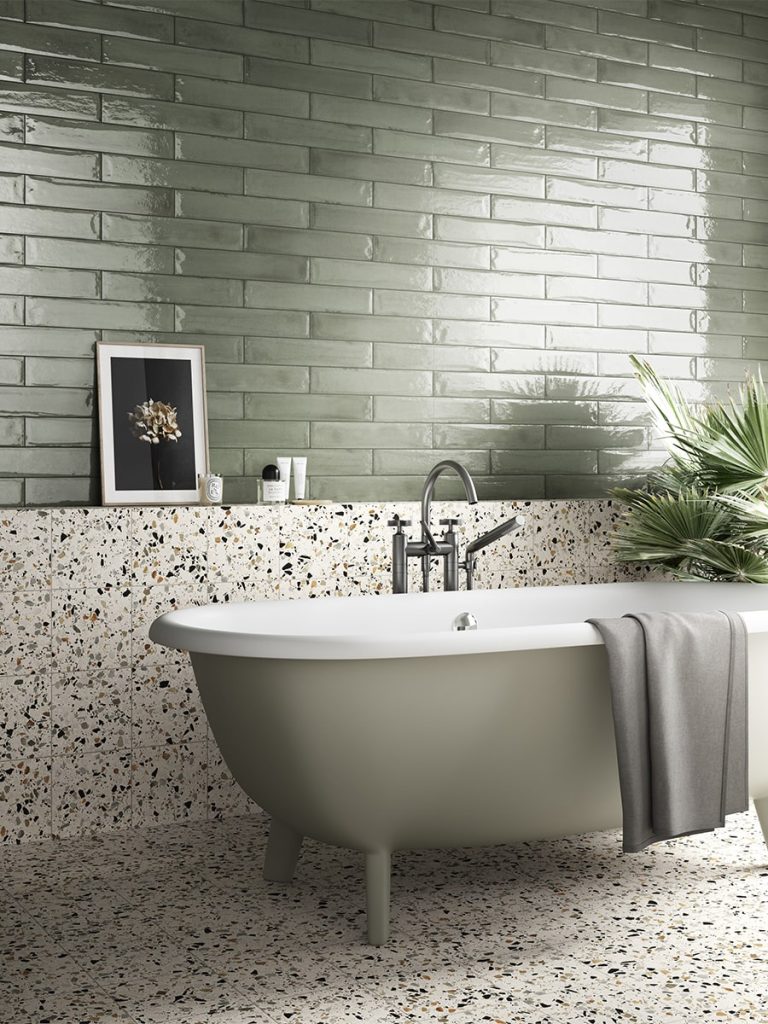
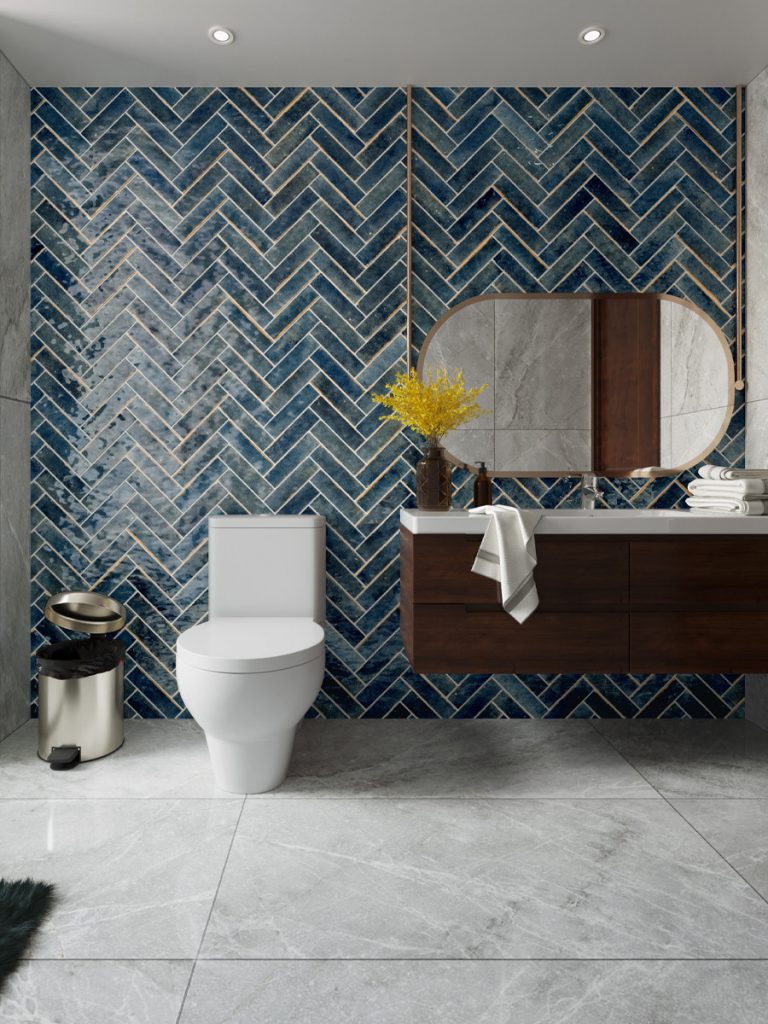
Suitability: Porcelain tiles are an excellent choice for bathroom floors and high-moisture areas like showers and around bathtubs. They are also available in a variety of designs and can mimic the look of natural stone or wood.
Natural Stone Tiles
Characteristics: Natural stone tiles, such as marble, granite, travertine, and slate, are made from quarried stone. They offer a unique and natural appearance with variations in color and texture. However, they may require sealing to prevent staining.
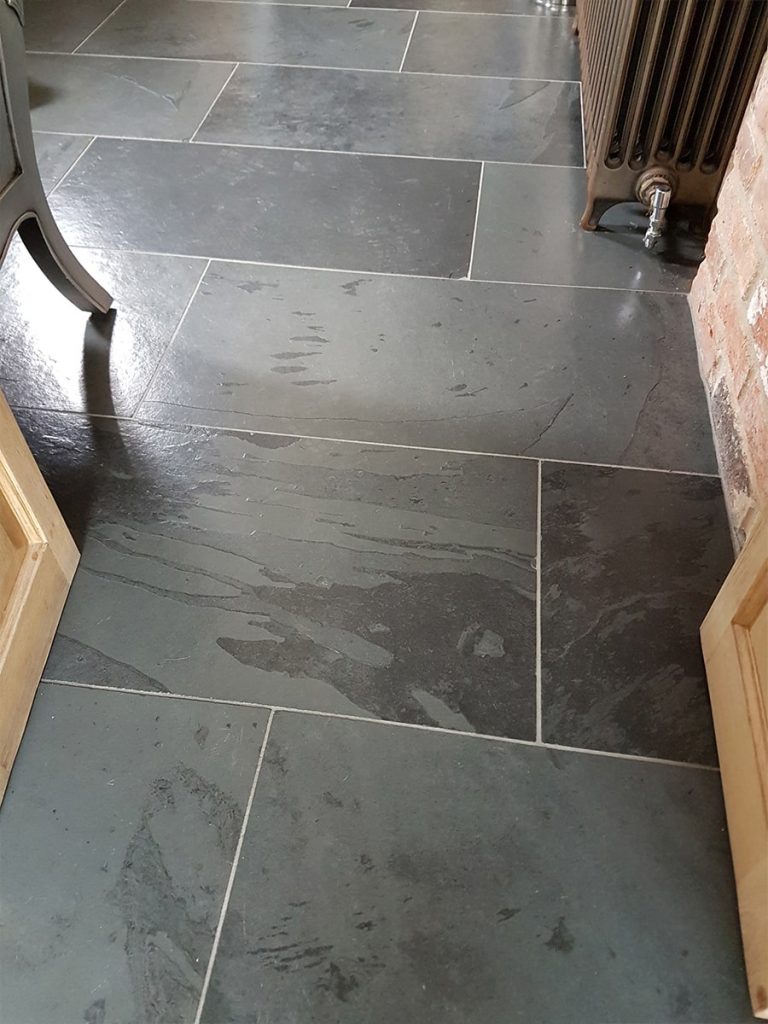

Suitability: Natural stone tiles are often used for bathroom walls, floors, and countertops to create a luxurious and elegant look. They can be more porous than ceramic or porcelain, so proper sealing and maintenance are essential.
Glass Tiles
Characteristics: Glass tiles are made from thin pieces of glass that are fused. They are known for their reflective properties and come in various colors and textures. Glass tiles are non-porous and resistant to water and stains.
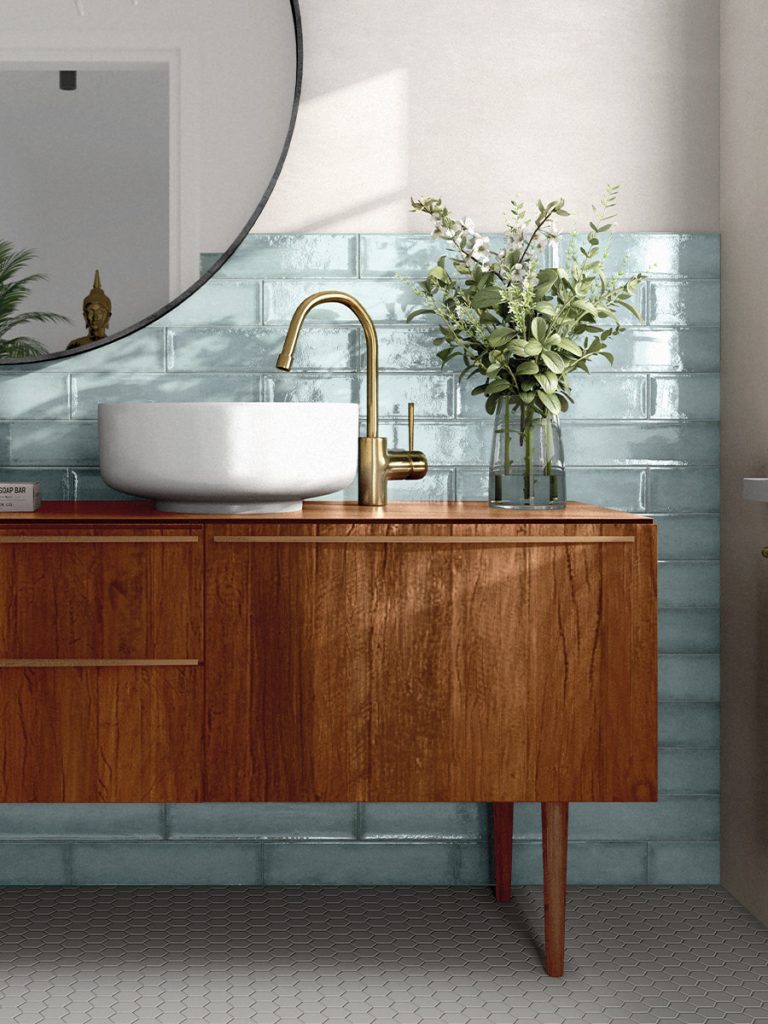
Suitability: Glass tiles are typically used as decorative accents in bathroom designs, such as in shower niches or as backsplashes. Their translucent nature can add a unique and modern touch to the bathroom.
Patterned Tiles
Characteristics: Patterned tiles come in various designs, colors, and shapes. They can be ceramic, porcelain, or even cement-based tiles featuring intricate patterns and motifs. These tiles can create visually appealing and dynamic surfaces.

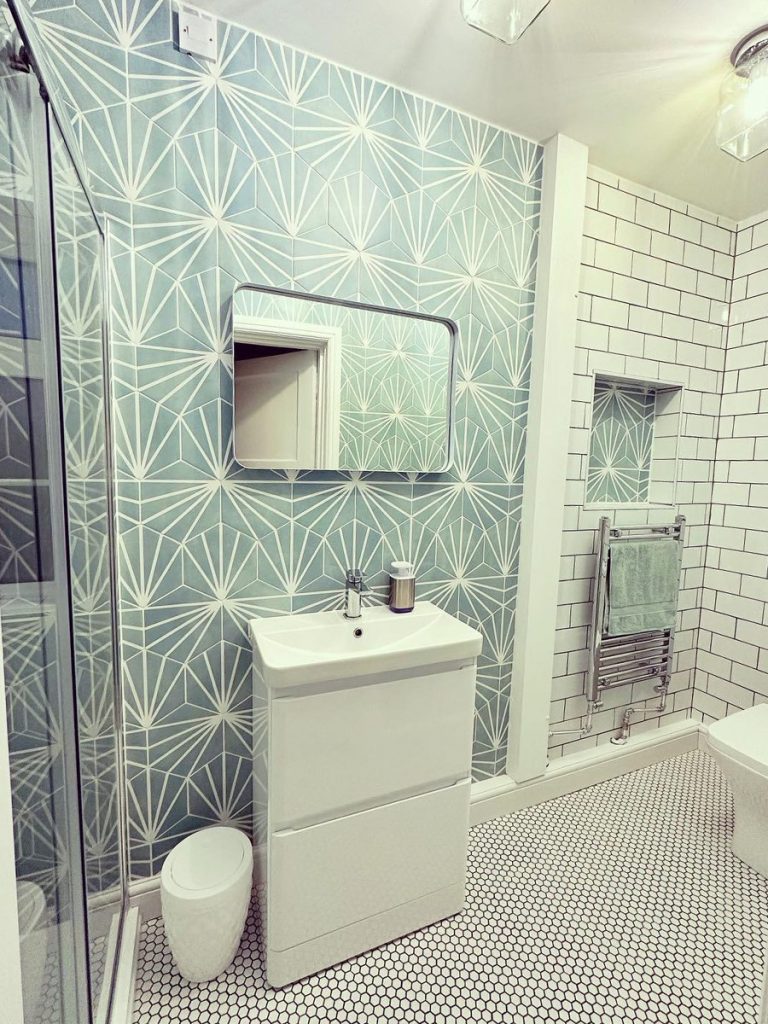
Suitability: Patterned tiles are often used as decorative elements on bathroom floors and walls, as well as in kitchen backsplashes. They allow you to add personality and character to a space and can be used to create focal points or accent areas.
Vinyl Tiles
Characteristics: Vinyl tiles are synthetic flooring materials made from layers of PVC (polyvinyl chloride). They come in various styles, including sheets, planks, and tiles. Vinyl tiles are known for their durability, water resistance, and affordability.
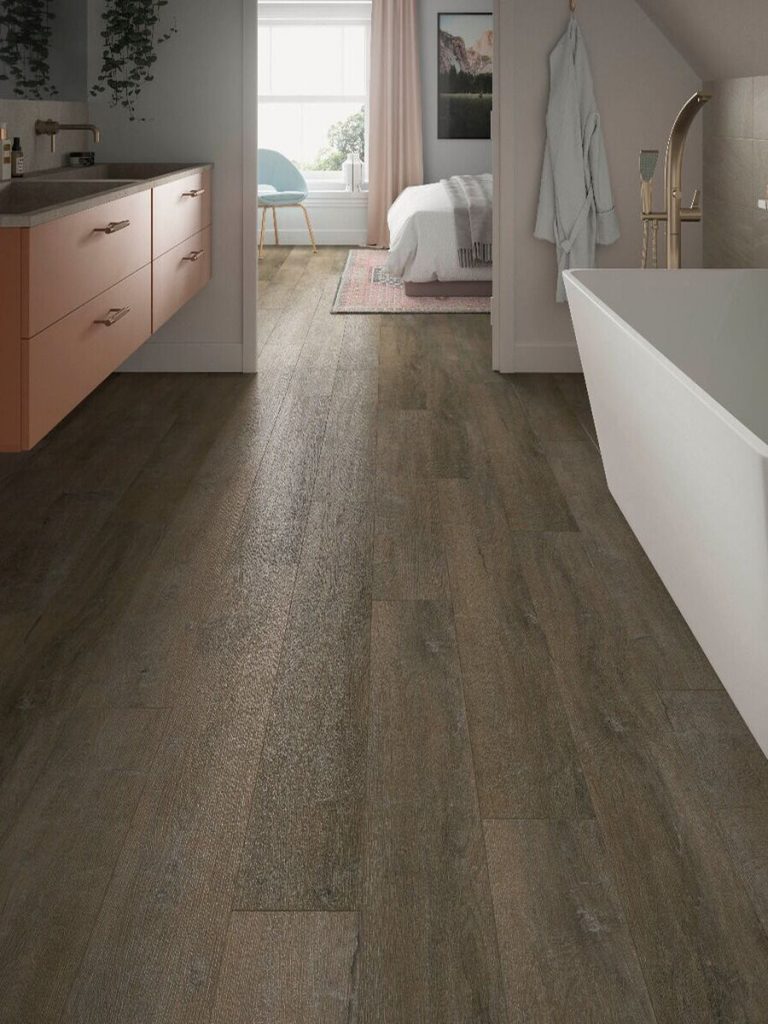
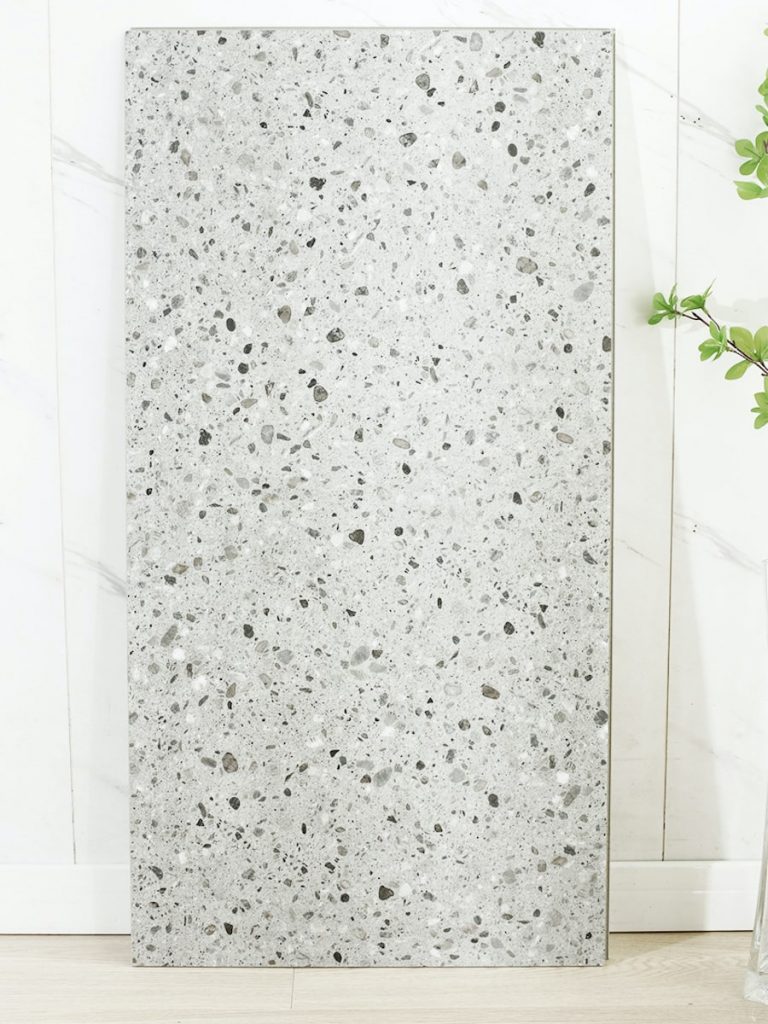
Suitability: Vinyl tiles are suitable for bathrooms due to their water resistance and ease of maintenance. They are often used as an alternative to traditional ceramic or porcelain tiles, offering a wide range of designs, including wood and stone looks.
Wood-Effect Tiles
Characteristics: Wood-effect tiles, also known as wood-look or wood-grain tiles, are ceramic or porcelain tiles designed to mimic the appearance of real wood. They come in various sizes and wood grain patterns.
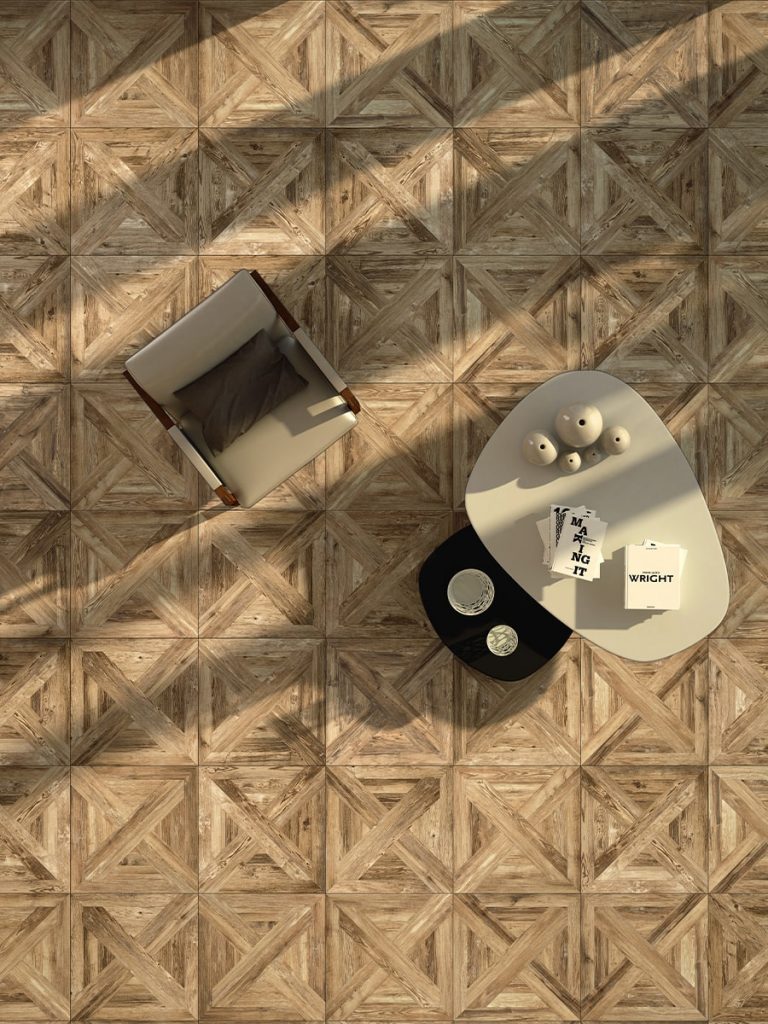
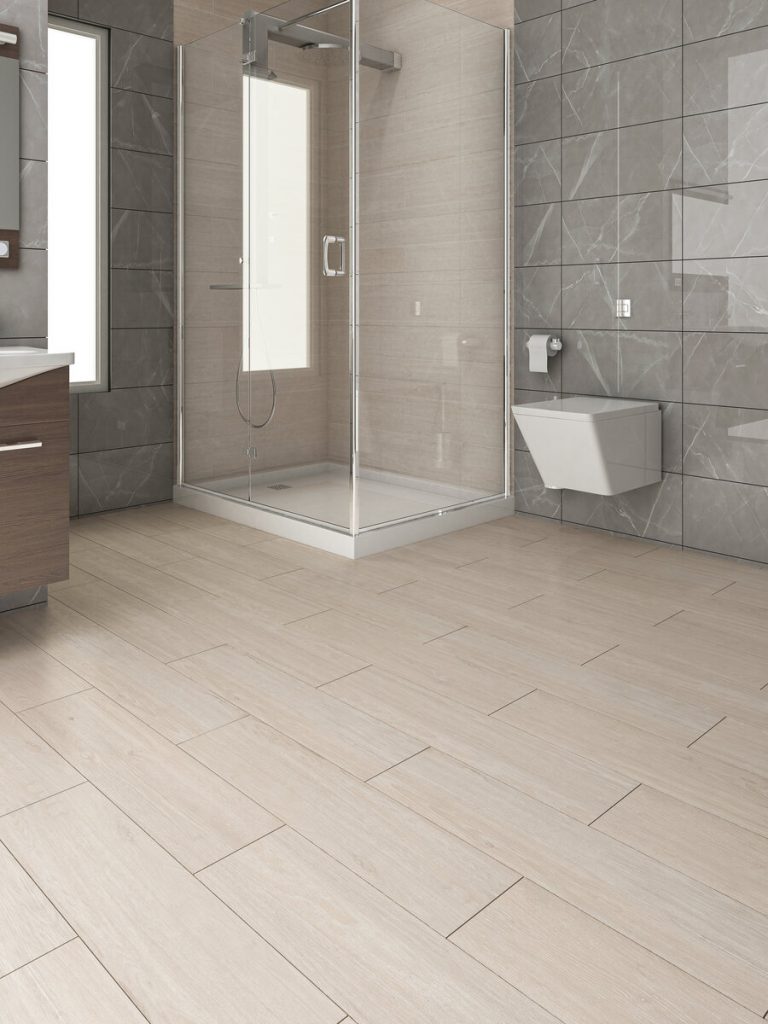
Suitability: These tiles offer the warm and inviting look of wood but with the durability and moisture resistance of tile. They are suitable for bathroom floors and even shower walls, providing a natural aesthetic without the maintenance concerns of real wood.
Onyx Tiles
Characteristics: Onyx is a semi-precious stone known for its translucence and unique veining patterns. Onyx tiles are cut from onyx slabs and can be used for decorative purposes.
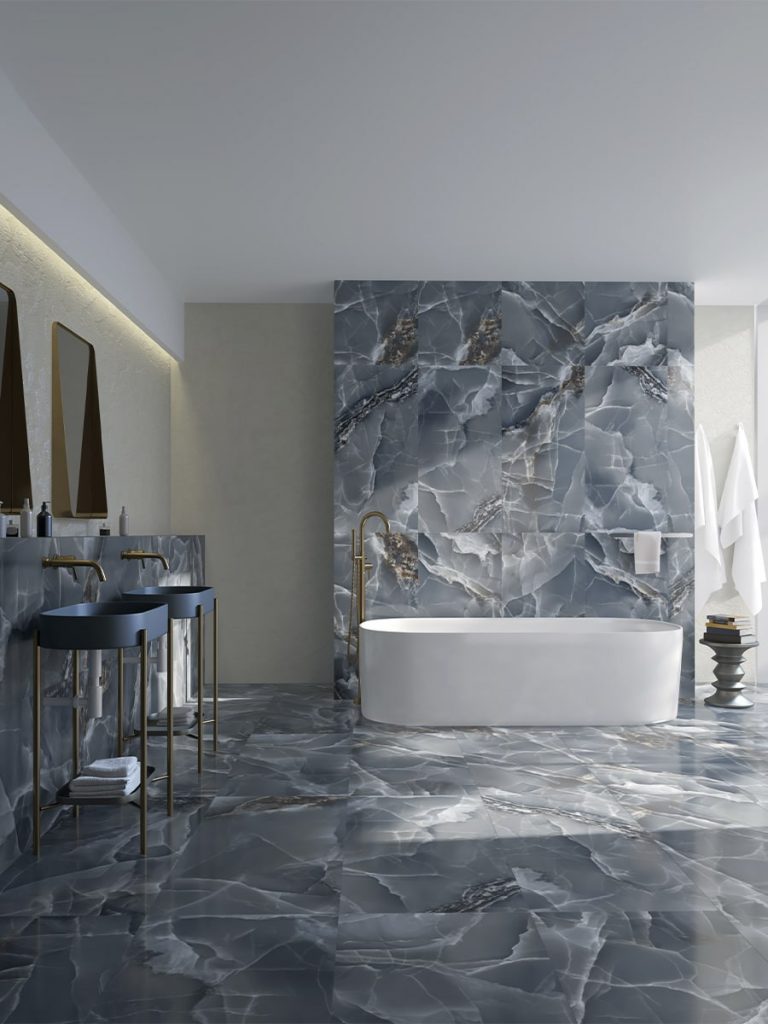

Suitability: Onyx tiles are often used as accent pieces in bathrooms, especially for creating elegant and illuminated designs. Due to their translucent quality, they can be backlit to create stunning visual effects.
3D Tiles
Characteristics: 3D tiles are tiles that have three-dimensional patterns or textures on their surface, creating depth and visual interest. They can come in various materials, including ceramic, porcelain, and even glass.

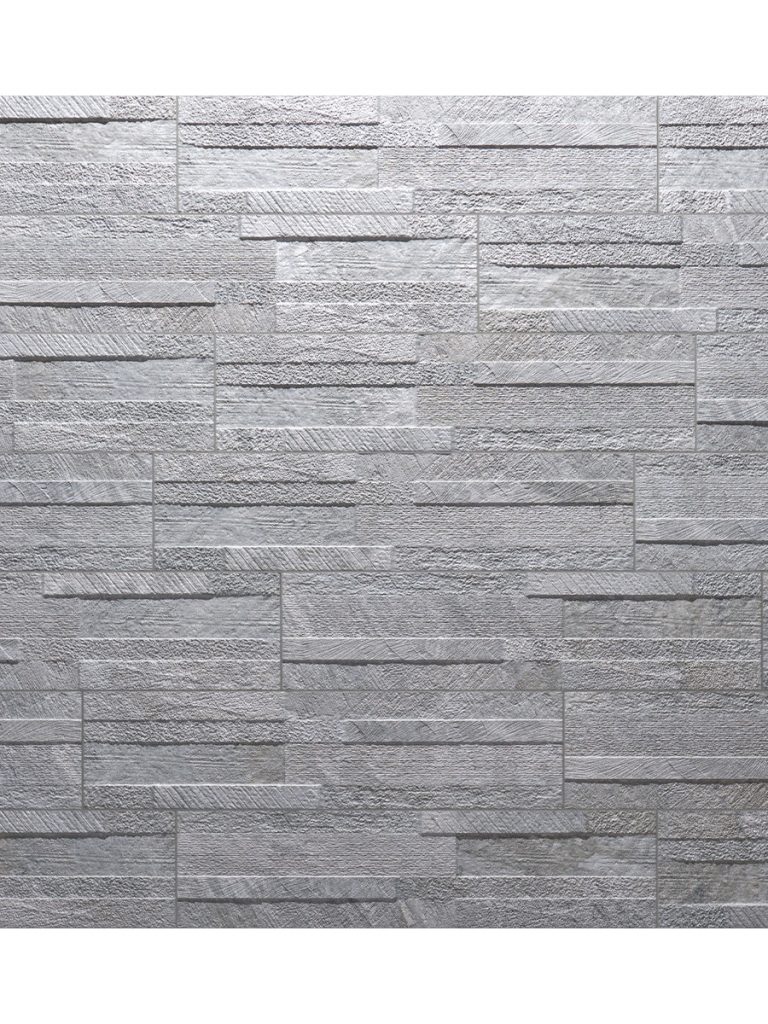
Suitability: 3D tiles are typically used as feature walls or decorative elements in bathrooms and other interior spaces. They add a tactile and visually striking dimension to the room, making them a popular choice for creating focal points.
Colour and Style
The colour and style of your bathroom tiles set the tone for the entire space,” emphasizing the significant role that bathroom tiles play in defining the overall look and feel of a bathroom. Let’s break it down further:
- Setting the Tone: When we talk about the tiles “setting the tone,” we mean that they establish a particular atmosphere or ambiance within the bathroom. For example, different tile choices can create a sense of luxury, serenity, vibrancy, or simplicity. The choice of tiles can even influence the perceived size of the space.

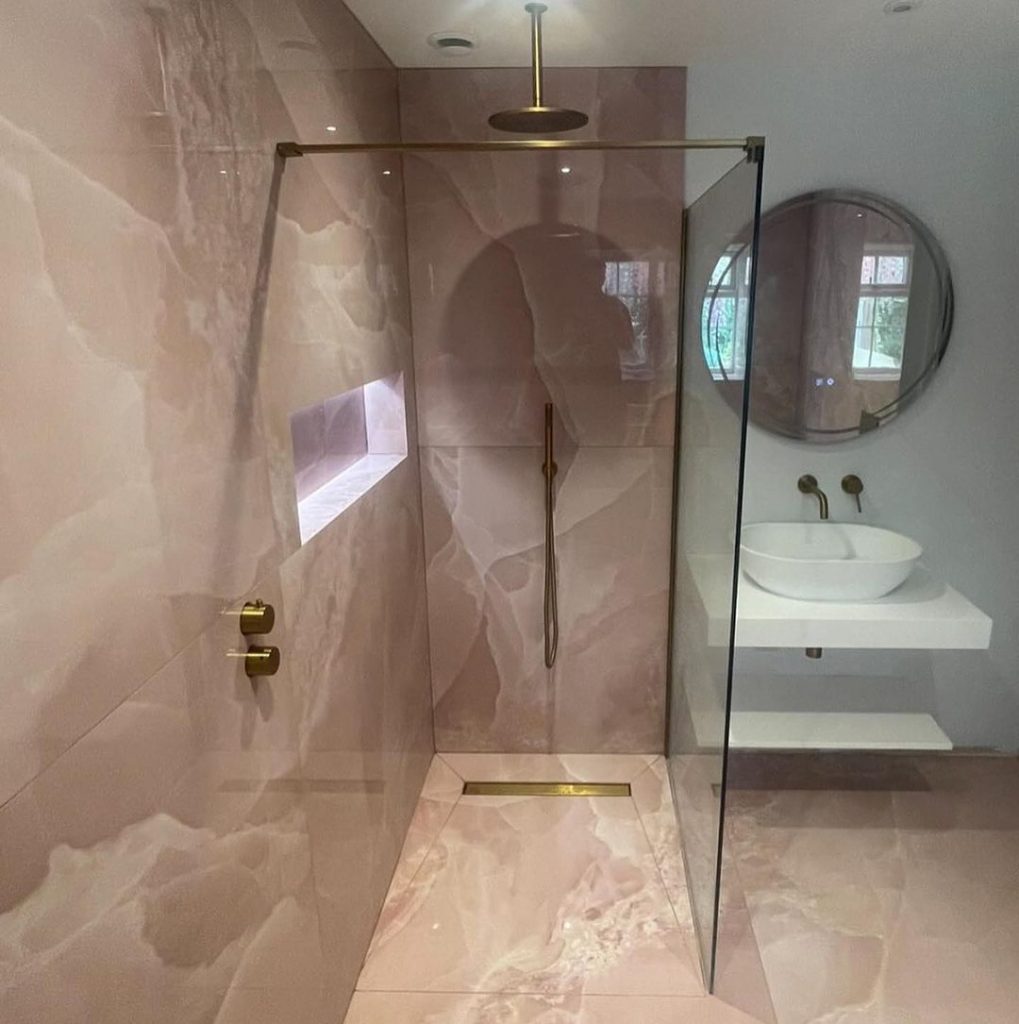
- Matching Tiles with the Bathroom’s Theme: To create a harmonious and cohesive design, it’s essential to select tiles that align with the theme or style you want for your bathroom.
- Modern and Minimalist: You might choose sleek, neutral-colored tiles with clean lines for a contemporary, minimalist bathroom.
- Classic and Timeless: Marble or subway tiles can be ideal for a timeless, elegant look.
- Rustic or Natural: Earthy tones and textured tiles could work well for a rustic or natural-themed bathroom.
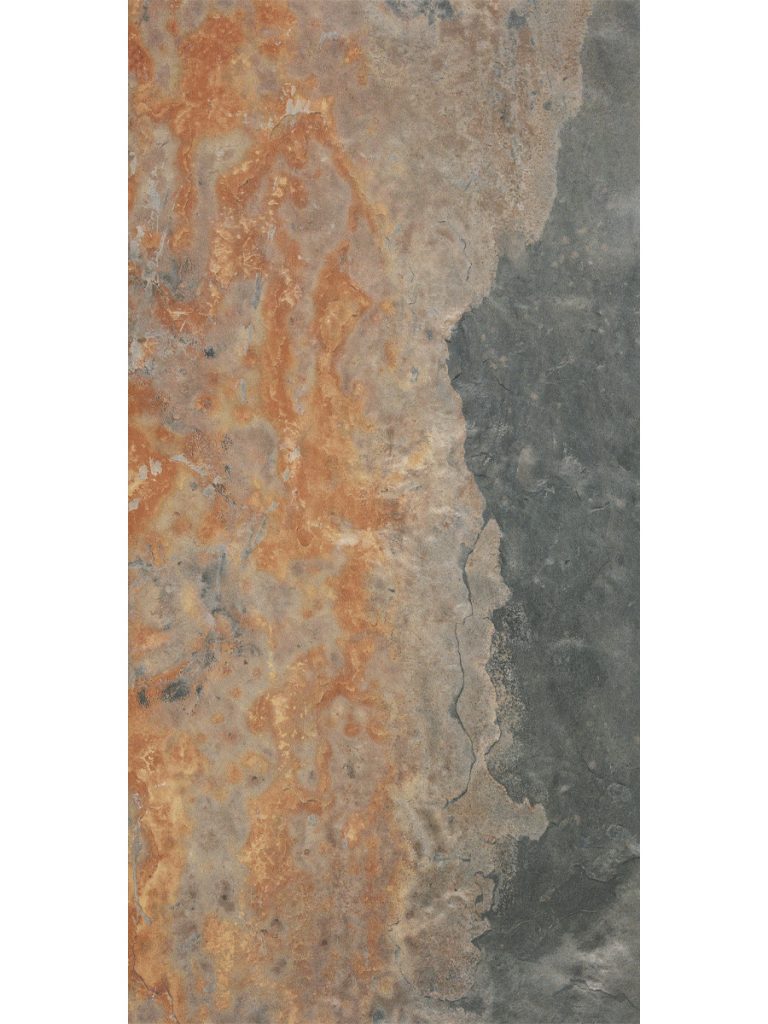
Personal Preferences: Everyone has unique preferences when it comes to design and aesthetics. Your tastes, favorite colors and the ambiance you want to create in your bathroom should all be considered when choosing tiles. Your bathroom should reflect your personality and style.
Size and Layout
The size and layout of your tiles can visually alter the dimensions of your bathroom,” underscores the fact that the choice of tile size and how they are arranged on the walls and floors can have a significant impact on how spacious or cramped your bathroom appears. Let’s delve deeper into this concept:
Choosing the Right Size: The size of the tiles you choose can influence the perception of space in your bathroom. Here are some guidelines:
- Large Tiles: Larger tiles, such as 12×24 inches or even larger, can create the illusion of a more expansive bathroom. They reduce the number of grout lines, making the space appear less segmented.

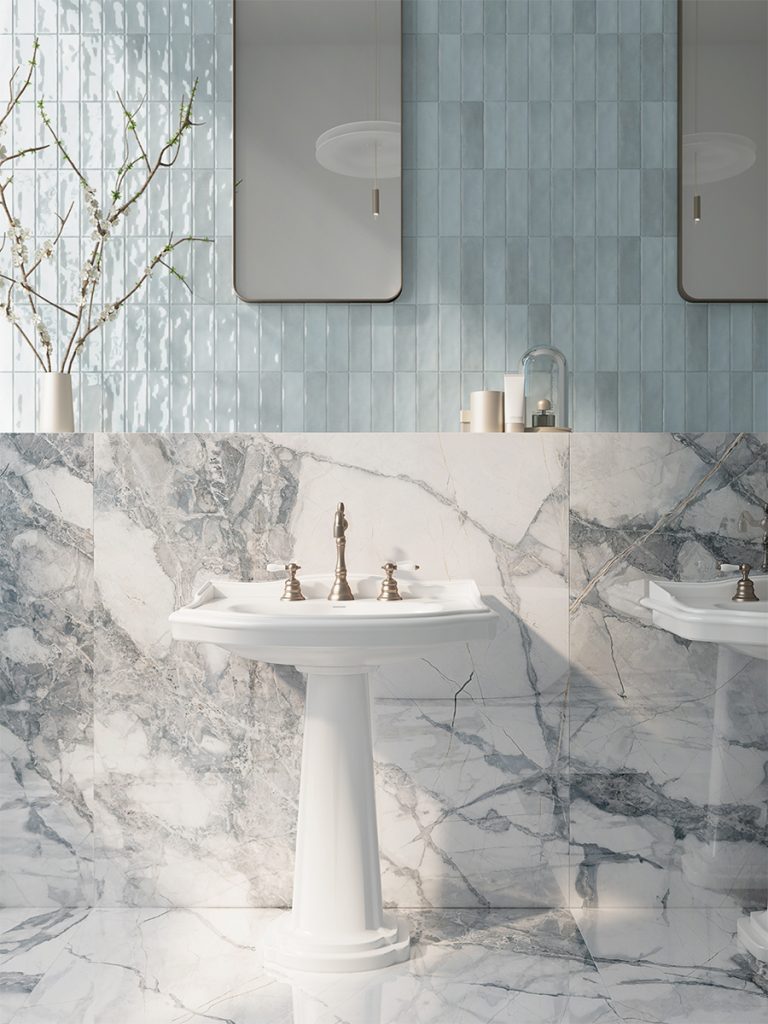
- Small Tiles: Smaller tiles, like mosaic or subway tiles, can add texture and detail, but they can also make the room look busier. They are often used in smaller bathrooms to create a cozy, intimate feel.
- Layout Considerations: How you lay the tiles also plays a crucial role in altering the visual dimensions of your bathroom.
- Horizontal Layout: Installing tiles horizontally on the walls or floors can make the space appear wider. This is because our eyes tend to follow the lines horizontally, creating a sense of width.
- Vertical Layout: Tiles arranged vertically can give the impression of higher ceilings and make the bathroom seem taller.
- Diagonal Layout: Diagonal patterns can add visual interest and the illusion of more space by breaking up the traditional grid pattern.
Enhancing Bathroom Appearance: To enhance your bathroom’s appearance, it’s essential to consider both the size and layout of your tiles in conjunction with the overall design theme you’re aiming for.
If you have a small bathroom and want to make it appear more spacious, you might opt for large, light-colored tiles and a horizontal layout.
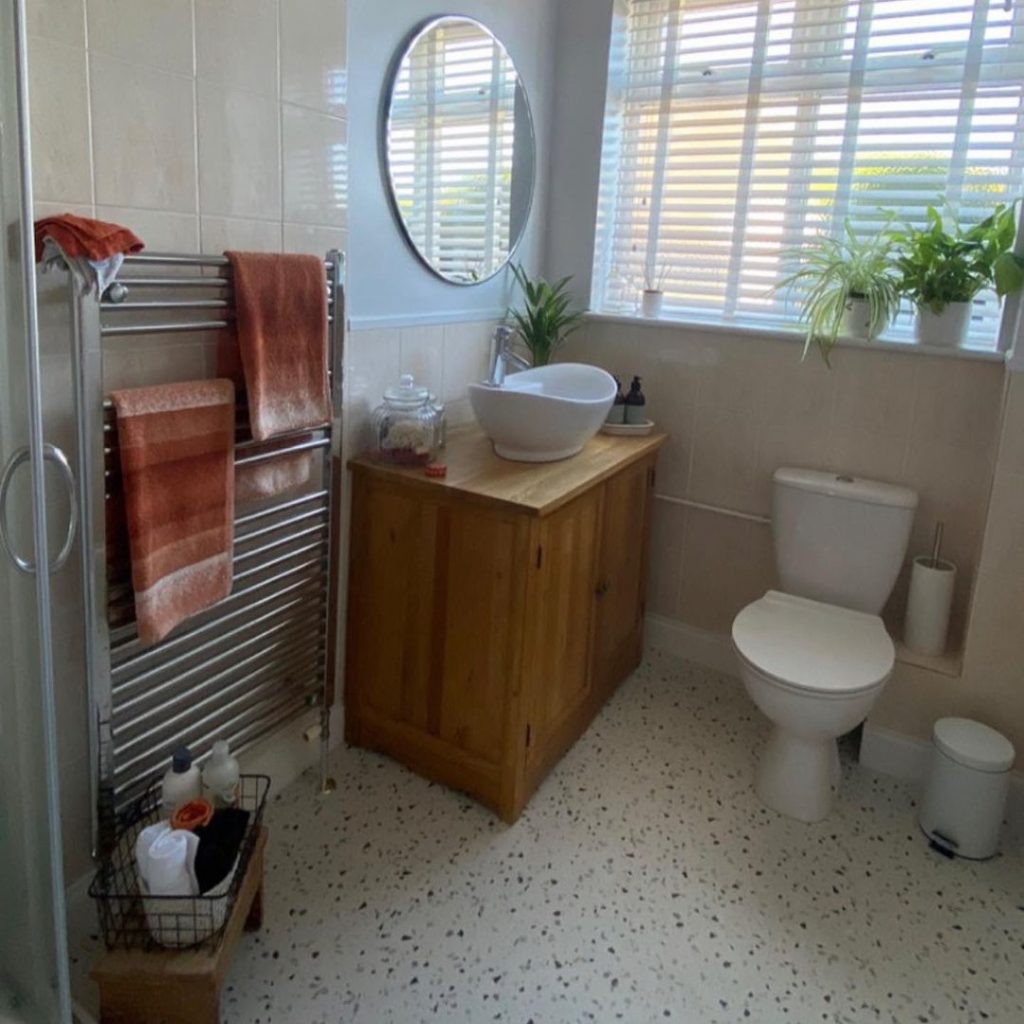
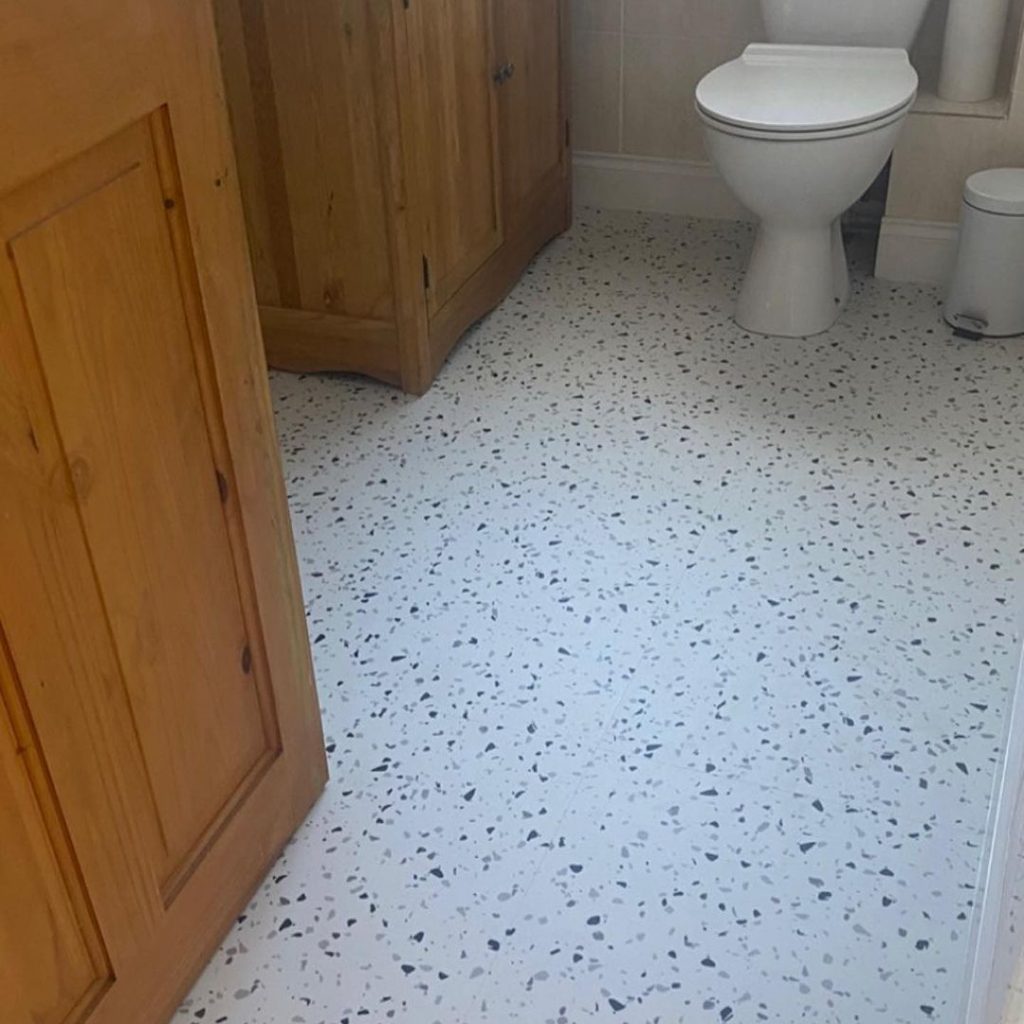
For a bathroom with a high ceiling, vertical tiles can help balance the proportions and make the space feel cozier.
Achieving a Perfect Bathroom Tile Installation
When it comes to transforming your bathroom with stunning tiles, a seamless installation is paramount. Here’s a step-by-step guide to ensure your bathroom tile project goes off without a hitch:
- Choosing the Ideal Bathroom Tiles: Before diving into the installation process, carefully select the perfect tiles for your bathroom. Consider factors like style, size, color, and material to create the desired ambiance.
- Hiring the Right Professionals: To guarantee a flawless installation, it’s crucial to enlist the expertise of experienced tile installers. In Peterborough, you can find professionals who excel in precision, from accurate measurements to impeccable cuts. Their skill and knowledge are invaluable for achieving the bathroom of your dreams.
- Surface Preparation: Proper surface preparation is the foundation of a successful bathroom tile installation. This step involves:
- Leveling: Ensure that your bathroom’s surfaces are perfectly level to prevent uneven tiles and unsightly gaps.
- Waterproofing: Implement effective waterproofing measures to safeguard against moisture damage, which can compromise the integrity of your tiles and the underlying structure.
- Addressing Underlying Issues: Identify and rectify any pre-existing issues with your bathroom’s walls or floor, such as cracks or rot. Addressing these problems before tiling is essential to ensure long-term durability.
4. Installation Techniques
Different tile materials require specific installation techniques to achieve both durability and aesthetic appeal. Here are some considerations:
- Ceramic and Porcelain Tiles: These are versatile and relatively easy to install, making them a popular choice. Techniques may include traditional thin-set mortar or modern tile adhesives.
- Natural Stone Tiles: Stone tiles like marble or granite demand precision and care during installation. Professionals often use epoxy adhesives for secure placement.
- Glass Tiles: Achieving a flawless installation with glass tiles requires a delicate touch and specialized adhesives to avoid visible imperfections.
- Mosaic Tiles: Mosaic patterns require meticulous attention to detail, ensuring each small tile aligns perfectly with the design.
Maintaining Your Bathroom Tiles
In this guide, we also explore cleaning methods, sealing and re-grouting techniques, and common pitfalls to avoid, all aimed at keeping your bathroom tile in pristine condition.
Section 1: Cleaning Tips
“Effective Cleaning for Every Tile Type”
- Different tile types require unique cleaning methods. Discover the right approach for ceramic, porcelain, marble, and other tile materials.
- Remove dirt, stains, and mildew to maintain the original shine and beauty of your bathroom tiles.
- Regular cleaning schedules and suitable cleaning products are key to success.
Section 2: Sealing and Re-grouting
“Preserving Longevity through Sealing”
- Understand the importance of sealing bathroom tiles and learn when it’s time to reseal them.
- Properly sealed tiles resist water, stains, and damage, ensuring they last for years.
- Follow step-by-step instructions for sealing your tiles effectively.
“Re-grouting for Renewed Brilliance”
- Discover the signs that indicate the need for re-grouting in your bathroom.
- Learn the DIY approach to re-grouting or when to call in a professional for the job.
- Updated grout not only enhances aesthetics but also prevents water damage.
Section 3: Avoiding Common Pitfalls
“Steer Clear of Damaging Mistakes”
- Explore the most common mistakes that could harm your bathroom tile and how to avoid them.
- Topics include using harsh chemicals, improper cleaning tools, and neglecting maintenance.
- Prioritize prevention to save time and money on costly repairs.
Preserving Your Investment: Maximizing the Lifespan of Your Bathroom Tiles
To protect your investment and ensure your bathroom tiles last for years, follow these key steps.
Section 1: Regular Inspections
“The Power of Proactive Maintenance”
- Learn how to conduct regular inspections to catch issues early on.
- Identifying and addressing minor problems promptly can prevent them from turning into costly repairs.
- Check for loose tiles, grout damage, and signs of water infiltration during your inspections.
Section 2: Repairs and Replacements
“Saving Money with Targeted Fixes”
- When damage occurs, knowing how to repair or replace individual tiles can save you money and maintain your bathroom’s overall appearance.
- Understand the difference between DIY repairs and when to seek professional help.
- Keep spare tiles on hand for quick replacements, if possible.
Section 3: Upgrading and Redesigning
“A Fresh Look Without Tile Replacement”
- Discover creative ways to refresh your bathroom’s appearance without the need for a complete tile overhaul.
- Explore options like tile painting, adding decorative tiles, or updating fixtures and accessories.
- Upgrading and redesigning can breathe new life into your bathroom without breaking the bank.
In conclusion selecting, installing, maintaining, and preserving your bathroom tiles is a multifaceted process. It requires careful consideration, professional expertise, and ongoing care. By following the guidelines presented in this comprehensive guide, you can ensure that your bathroom tiles not only enhance the aesthetics of your Peterborough home but also stand the test of time.
FAQs (Frequently Asked Questions)
Yes, natural stone tiles can be used for bathroom floors, but they require proper sealing and maintenance to prevent water damage.
The frequency of resealing depends on the type of tiles and the sealant used. Generally, it’s recommended every 1-2 years.
It’s possible, but it’s essential to ensure the existing tiles are in good condition and properly prepared for the new installation.
Cracked tiles should be replaced promptly to prevent further damage. Contact a professional for a seamless repair.
Yes, mixing and matching tile styles can create a unique and visually appealing bathroom design. Ensure they complement each other.
In the pursuit of creating your dream bathroom, making informed decisions about your tiles is paramount. With this comprehensive guide at your disposal, you’re well-equipped to choose, install, and maintain bathroom tiles that not only elevate the aesthetics of your Peterborough bathroom but also withstand the test of time. Your investment in high-quality bathroom tiles is a reflection of your commitment to a beautiful and functional living space.

One thought on “Peterborough Premier Bathroom Tile Guide: Selection, Installation, Maintaining, and Preserving Your Investment”
Comments are closed.